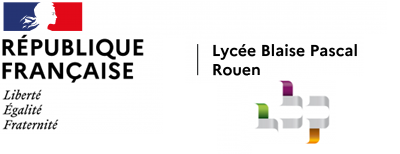We are used every day but we are neglected, we can be read or heard but we are not all the same. What are we ?
By definition, a language is a system of phonic and graphic signs which allow humans to express their mind and to communicate. In the world there are between 3,000 and 7,000 different languages but half of them could disappear by the end of this century. The death of languages isn’t a new phenomenon : linguists reckon that during the last 5,000 years, 30,000 languages were born and disappeared without leaving any trace.
But the rhythm of disappearance of languages has sped up especially since The European colonial conquests in the 19th century. We can say that a language is considered as endangered as soon as the number of its speakers stops increasing or is too low, when it loses its function of communication in daily life or when it’s not money-making economically. Experts evaluated that a language can survive if it has at least 100,000 speakers. However, half of the present total of languages counts less than 10,000 speakers. I will take the example of Canada. Today in this country there are 200 languages which are spoken. This high number comes from on one side immigration and on the other side native people. However, the Canadian government recognises only two official languages : Frend and English. Therefore Canada is officially only a bilingual nation.
Now I will talk about first nation languages. First nation is a term that characterized the first population who have lived in north America. Today there are around of 60 first nation languages in Canada such as Inuktitut, Thaida or Cree. However nowadays the majority of these languages are endangered. It’s in part because of large languages, here it’s English and French but in other countries it’s the same problem because large languages are used in schools, jobs, shops and on TV. As a result, first nation languages are only used in families or in little communities. Moreover, because of the Canadian government, first nation children were taken out of their family and sent to white families or to boarning schools. In boarning schools first nation languages were forbidden and children learned to be contemptuous to their origin. As a result first nation languages have known a big decline. the same was done with Breton in France around 1900 when only French was accpeted in schools and students were punished if they didn’t speak it all the time.
Some organisations try to save languages such as UNESCO because they consider that languages belong to the immaterial cultural heritage of humanity. But there is no miraculous process to save languages. One solution which has already functionned was to create a political nation as they did for Pakistan. It was first created to stop riots between the muslims and the hindus in India after independance but its creation also allowed to save the Urdu language. Today it’s the official language in Pakistan. But it’s not possible to do this for the 7,000 languages in the world.
In the same way, a dead language could reappear with time like Hebrew. This language disappeared at the second century after Christ and remained for a long time a written language in the Jewish communities in Europe. But at the end of the second World War, all the Jews in Europe and especially in Germany were sent to a new country created for them which is Israel. As a result, Hebrew was revived and became the official language of Israel.
To conclude, I think that languages are very important to understand the cultures of countries or smaller populations or know their history because today we can see that disappearance of languages creates grey areas in the history of humanity. Some people like our assistant work to revive endangered languages (her speciality is Cree) by encouraging people who still talk it to be proud of it, record and write in the language about the history of their community, and encouraging them to use it in their everyday life, through road signs, menus in restaurants, etc...
